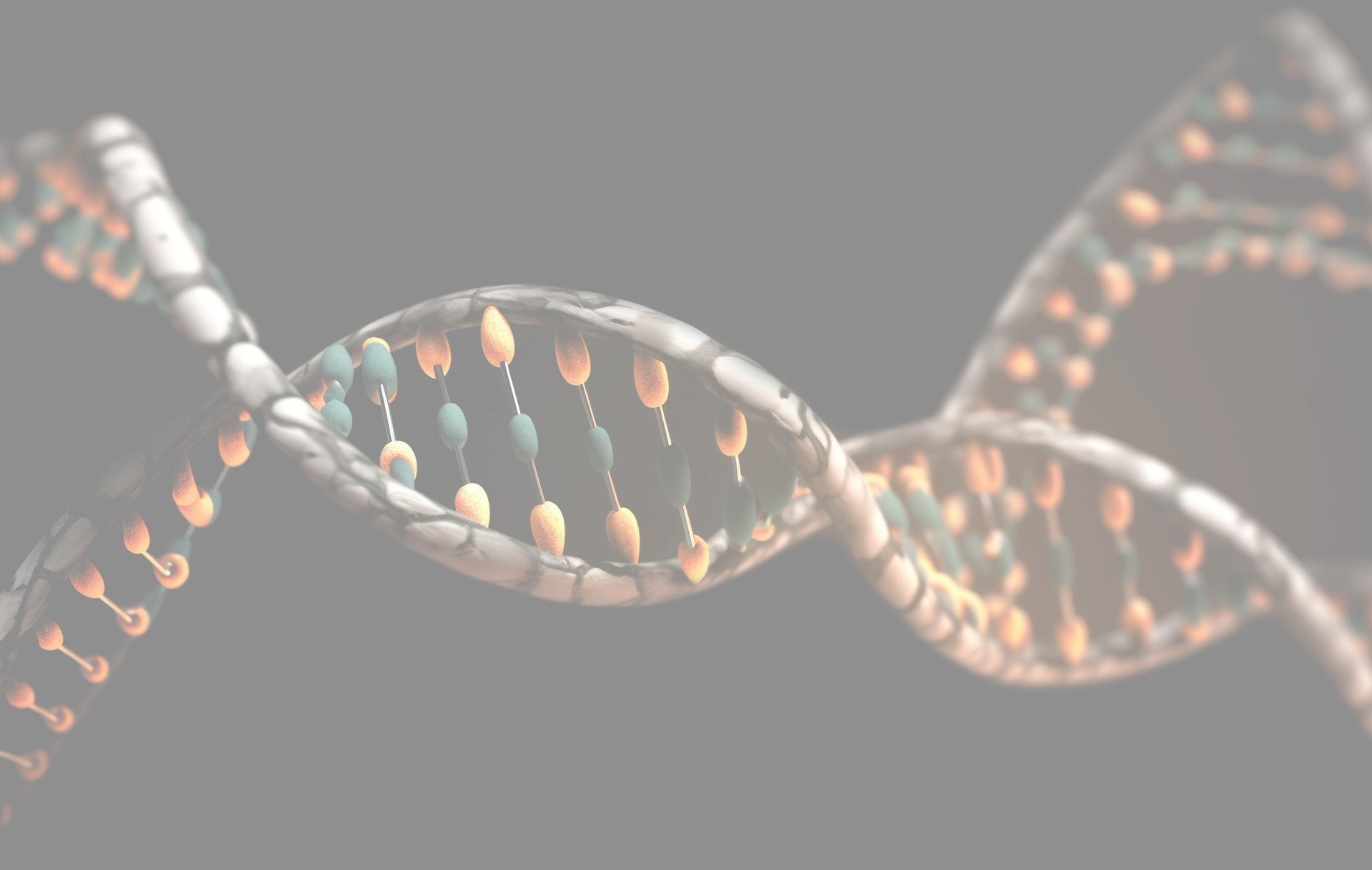Ketamine, originally developed as an anesthetic


Available Compounded Dosage Forms:
- Sublingual Troches or Lozenges
- Nasal Sprays
- Topical Creams and Gels

Ketamine exerts its therapeutic effects through multiple pathways, making it uniquely effective for both pain management and mood disorders:
- NMDA Receptor Antagonism: Ketamine blocks N-methyl-D-aspartate (NMDA) receptors in the brain and spinal cord, which helps reduce central sensitization and chronic pain signaling
- Glutamate Modulation: By increasing glutamate levels in the brain, ketamine promotes synaptic plasticity and neural regeneration, which may improve symptoms of depression, PTSD, and anxiety
- AMPA Receptor Activation: This downstream effect enhances mood regulation by promoting faster-acting antidepressant effect
- Opioid Receptor Interaction: Ketamine may have mild interaction with opioid receptors, contributing to its analgesic properties without typical opioid side effects
- Anti-inflammatory Effects: It may help reduce neuroinflammation, which has been linked to both chronic pain and mood disorders
Conditions That May Benefit from Compounded Ketamine:
- Chronic Pain Syndromes
(e.g., Complex Regional Pain Syndrome, Neuropathic Pain, Fibromyalgia) - Major Depressive Disorder (MDD)
- Treatment-Resistant Depression (TRD)
- Anxiety Disorders
- Post-Traumatic Stress Disorder (PTSD)
- Bipolar Depression
- Migraines and Cluster Headaches


